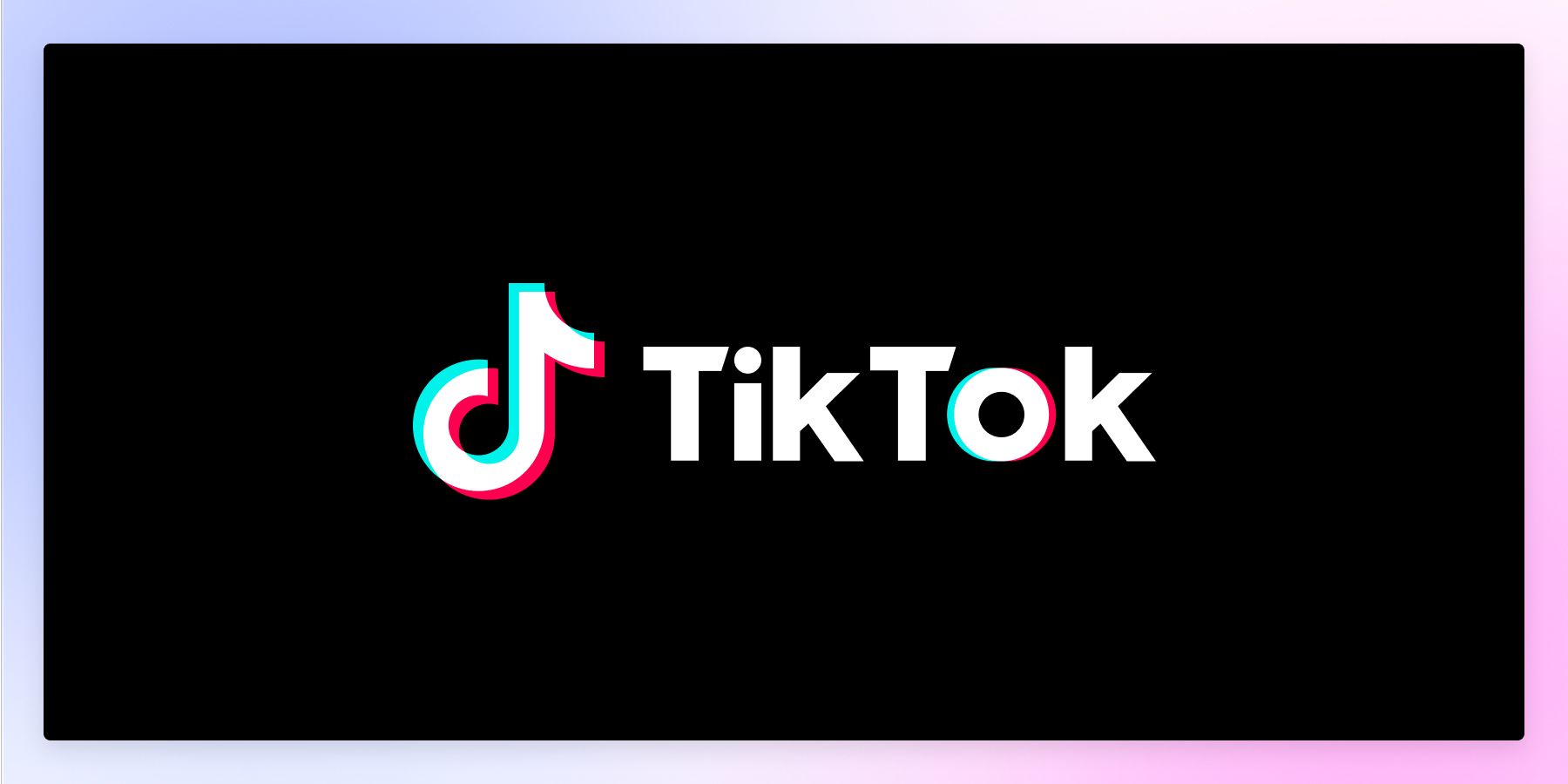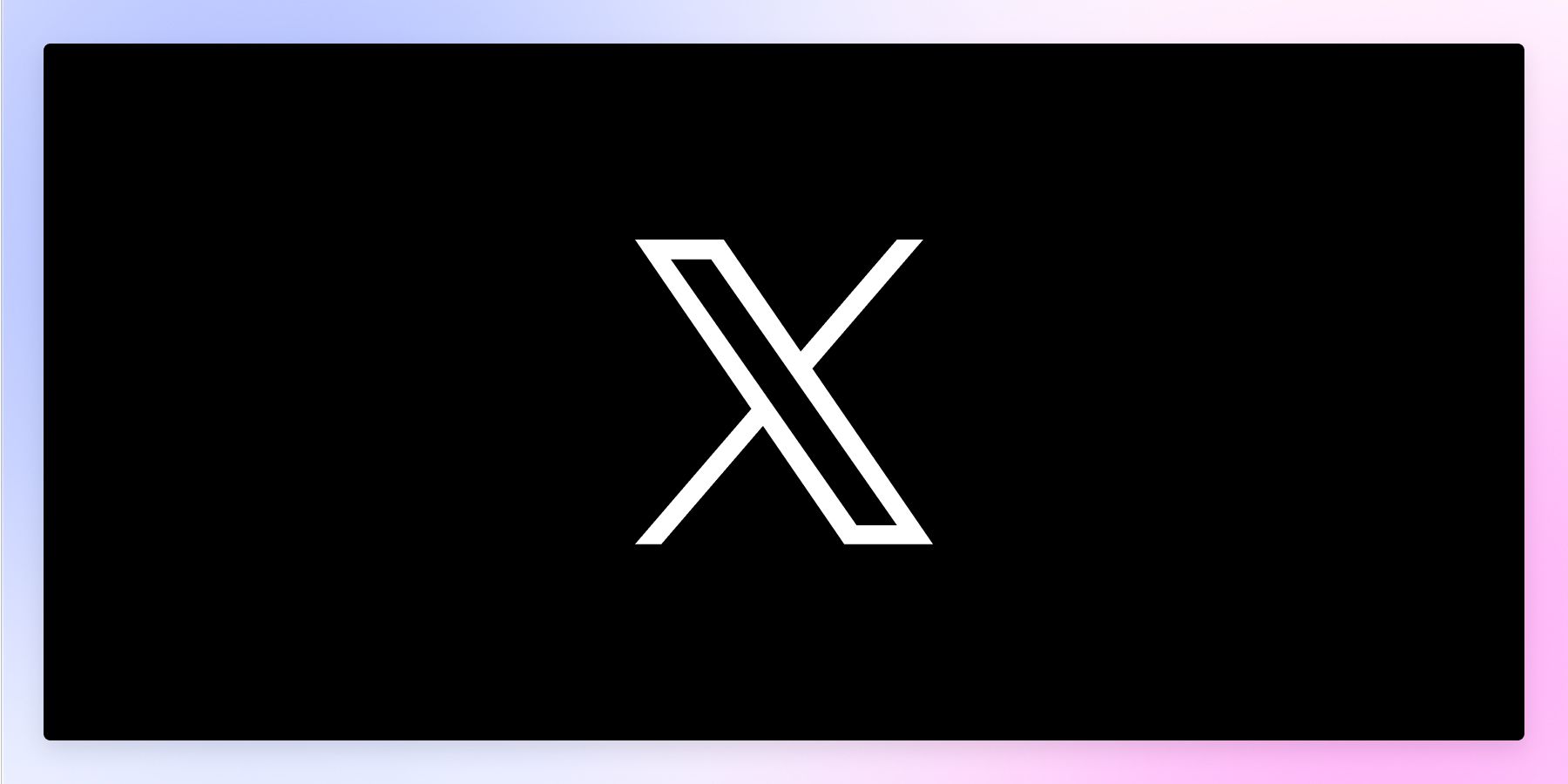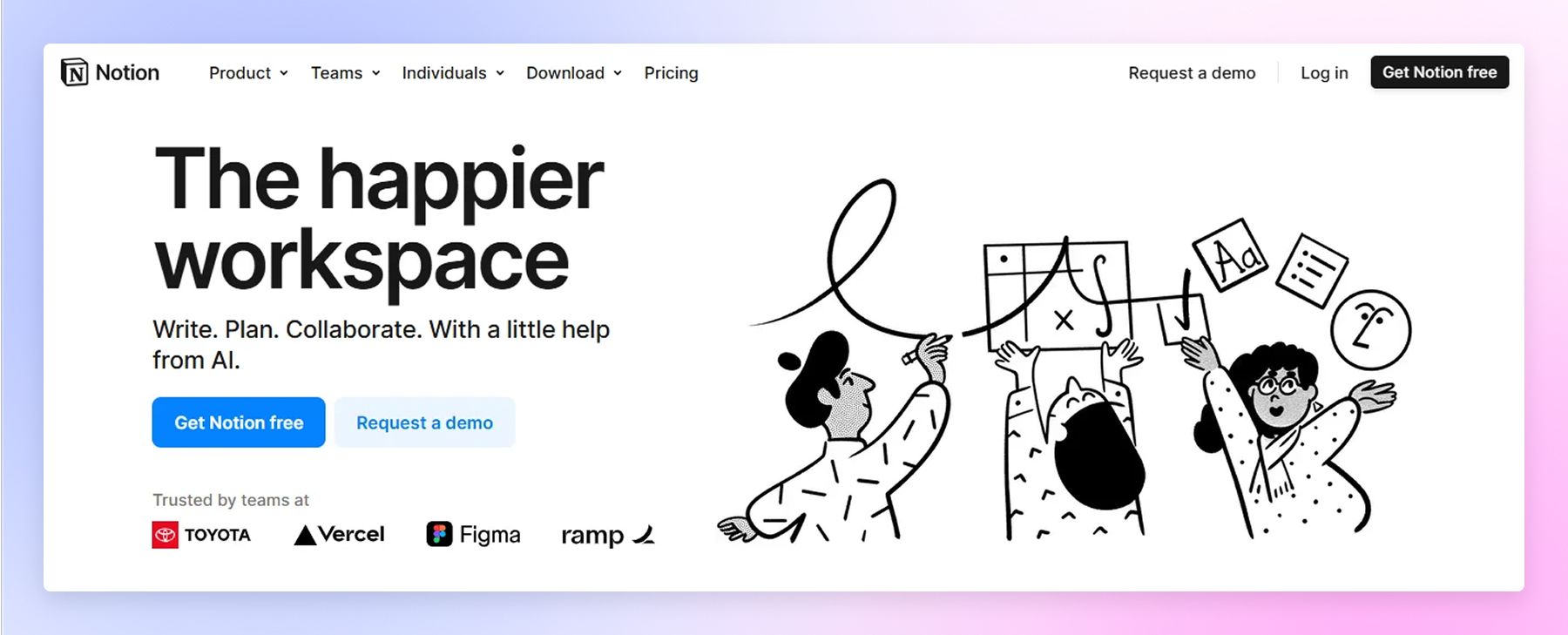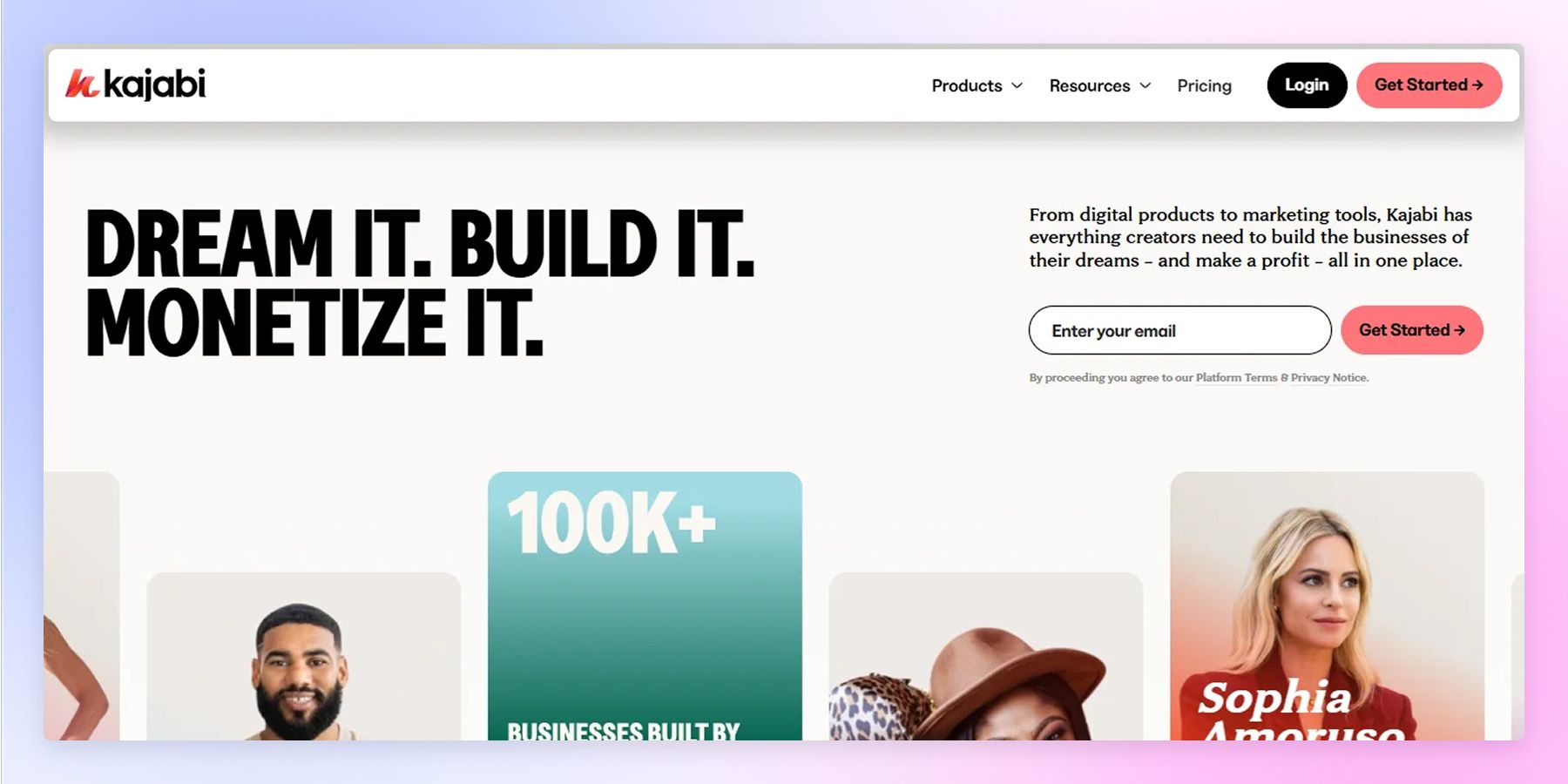
Top 16 Content Creator Platforms to Grow Your Business
April 4, 2025

Written By Frederik Fleck
UGC Content Marketing Expert

Edited By Katja Orel
Lead Editor, UGC Marketing

Fact Checked By Sebastian Novin
Co-Founder & COO, Influee
Creating great content in the creator economy is just step one. Getting it seen—and getting paid, even with direct support —is where things really take off.
The platform you choose can be the difference between posting into silence and building an online community that engages, follows, and buys from you.
Whether you’re filming video content, writing newsletters, snapping photos, or launching a digital course, your tools matter.
In this guide, we’ll break down the best content creator platforms, including their monetization options, to help you grow, earn, and improve your project management while staying on top of your workflow—without losing your mind. Let’s find the one that fits how you work.
TL;DR
- The right platform helps you reach more people and make more money from your content.
- Some platforms focus on video, others on writing, community, or digital products.
- Tools like Influee, YouTube, Patreon, Notion, and Kajabi help you create, monetize, and stay organized.
- The best platform for you depends on your goals, audience, and content style.
- This guide breaks down top tools to help you grow without burning out.
UGC videos starting at $78

12800+ Vetted Creators in USA
What is a content creator?
A content creator is someone who makes stuff for people to enjoy online. Think videos, blog posts, tweets, tutorials, photos, podcasts—you get the idea.
But they’re not just hitting “post.” They’re sharing ideas, telling stories, teaching skills, or making people laugh. Some are all about building a loyal community. Others focus more on making money from their content. Many do both.
You’ll find creators everywhere—YouTube, Instagram, LinkedIn, TikTok—putting out content that informs, entertains, promotes, or just documents real life.
Whether it’s a side hustle or a full-time gig, content creators help shape what we see, what we believe, and what we share online.
What is a Content Creator Platform?
A content creator platform with advanced features is a space with tools designed to help creators do what they do best—make and share what they love.
It’s the home base for user-generated content. Whether you’re posting videos, writing newsletters, sharing photos, or uploading digital art, this is where your content lives, grows, and gets seen.
Why These Platforms Matter for Creators
It’s not just about posting. These platforms usually come with built-in tools to help you manage everything, like analytics, scheduling, monetization features, and ways to connect with your community.
The big picture? Help you grow your audience, identify ways to earn money, and keep things running smoothly.
Some platforms are built for written content. Others are all about video. Some focus on creators in select niches, addressing their specific needs like artists or educators.
Whatever your style, there’s a platform out there that matches the way you work.
Best content creator platforms for monetization
So, where can you find brands to collaborate with and make a living?
1- Influee

Influee is made for creators who want to work with brands, without all the cold outreach and awkward back-and-forth.
Instead of chasing deals in DMs, creators can scroll through live campaigns, apply directly, and deliver content all in one place. It’s simple, direct, and saves a ton of time.
What sets it apart? Ease of use and seamless communication. No confusing steps. No messy negotiations. Just real opportunities.
It’s especially solid for micro-influencers and UGC creators who already make product photos, short-form videos, and honest reviews. If that sounds like your thing, Influee could be the tool that helps you turn content into income, without the gatekeeping.
2- Patreon

Patreon is one of the original platforms that let creators receive monthly subscriptions and get access to direct payments from their fans.
It works like this: supporters subscribe—monthly or per creation—and in return, they get access to exclusive content, behind-the-scenes stuff, or whatever perks you decide to offer.
It’s especially popular with podcasters, writers, musicians, and educators who want steady income without relying on ads or seeking direct support.
The best part? You’re in charge. You set your prices, choose what to offer, and build the kind of community you want. If you’re looking to create a reliable income stream while keeping things personal and fan-supported, Patreon’s a solid pick.
3- Rakuten

Rakuten is an affiliate marketing platform that helps multiple creators earn money through influencer marketing by promoting products from well-known brands.
Think of it as your behind-the-scenes connector—it links you with companies that pay when someone buys through your custom link.
It works pretty much anywhere you share content—blogs, YouTube, Instagram, TikTok, you name it. Just pick the brands that match your style, grab your links, and start sharing.
The tradeoff? You’ve gotta drive actual sales. But if your audience trusts your recommendations and you know what they’re into, Rakuten can turn your content into solid passive income.
4- Gumroad

Gumroad makes it easy for creators to sell their own content directly to their audience—no storefront setup, no middlemen, no hoops to jump through.
It’s perfect for digital products like ebooks, courses, templates, music, or presets. Just upload your product, set your price, and Gumroad takes care of the rest—payments, file delivery, and even taxes.
There’s no approval process or gatekeeping. If you’ve got something to sell and people who want it, you’re ready to launch.
It’s a great option for indie creators who want full control and a simple way to turn their ideas into income—fast.
5- CreatorIQ

CreatorIQ is a behind-the-scenes tool used by big brands and agencies to find and manage influencer partnerships at scale.
So, why does it matter to creators and their project management? Because this is where the high-level campaigns happen.
If you're growing fast and looking to work with major brands, CreatorIQ can help put you on their radar. It tracks everything brands care about—like audience insights, engagement, and brand safety.
It's not really built for beginners. But if you're consistently landing strong engagement and want to take things to the next level, this platform can open doors that others can’t.
6- Amazon Associates

Amazon Associates is one of the easiest ways to start making money from your content—especially if you're already recommending stuff.
It’s a simple affiliate program. You sign up, grab custom Amazon links, and earn a small commission when someone buys through your link.
Creators love it because Amazon sells pretty much everything. Whether you're reviewing gadgets, doing home DIYs, or filming unboxings, there’s always something relevant to link.
The trick? Build trust. If your audience listens to your recommendations, even small commissions can add up fast with volume.
7- Impact Radius

Impact Radius—often just called Impact—is an affiliate platform built for influencers and creators who treat their content like a business.
It connects you with big-name brands in fashion, tech, travel, and more. You apply to the ones that fit your style, get approved, and start earning commissions through links that track conversions.
What makes it stand out? More control and deeper data. You get detailed analytics, automated payments, and the ability to customize how you work with each brand.
If your content already drives clicks and sales, Impact gives you the tools to scale that income with precision on a creator platform —and partner with brands that actually match your audience.
Best social media platforms for audience-building
Now to grow and expand the community that feeds on your content.
8- YouTube

YouTube is still the go-to spot for long-form video content—and one of the best platforms for building deep, lasting audience relationships.
What makes it so powerful? Search. Unlike most platforms, your YouTube videos don’t just disappear after a day or two. They stick around, get discovered, and keep bringing in views over time.
And it’s not just about weekly uploads anymore. With Shorts, Community posts, and live streams, you’ve got tons of ways to stay active and connect with your audience every day.
Once you hit the monetization milestones, there are plenty of ways to earn—ads, channel memberships, Super Chats, and even built-in merch sales. If you’re serious about video, YouTube gives you the space (and tools) to grow.
9- Instagram

Instagram is all about visuals, including graphic design —and it’s one of the best platforms for showing your world, not just talking about it.
Whether you’re posting Reels, Stories, or good old photo carousels, Instagram gives you multiple ways to connect, share, and grow your audience.
It’s especially strong for visual-heavy niches like fashion, tattoos, fitness, food, travel, and lifestyle—basically, anywhere great images and videos tell the story.
Instagram also works well for monetization. Once you’ve built up your following, you can tap into sponsored posts, affiliate links, product tagging, and more.
With tools like Insights and Collabs, you can track what’s working and team up with others to reach new people. It’s still one of the top platforms for turning followers into fans—and eventually, into customers.
10- TikTok

TikTok is the fastest way to get your content in front of a lot of people—fast, allowing creators to gain visibility quickly.
Its algorithm doesn’t care how many followers you have, and it's particularly popular with Gen Z. If your video’s good, it can go viral—even if you’re just starting out.
It’s all about short-form video: quick tips, funny skits, behind-the-scenes moments—anything that grabs attention and keeps people watching.
You can earn through the Creator Fund, brand deals, UGC video ads, TikTok UGC, affiliate links, and even gifts from live streams.
But the real win? How quickly your audience can grow when your content hits the right note.
If you're quick with trends and comfortable on camera, TikTok could be your breakout platform.
11- LinkedIn

LinkedIn’s not just a place to post your resume anymore—it’s a powerful platform for creators aiming to reach a huge audience.
If you’re sharing educational content, industry insights, or niche expertise, LinkedIn connects you directly with decision-makers, collaborators, and a seriously engaged audience.
It loves original content—whether that’s posts, articles, or videos. And since fewer creators post consistently here, it’s easier to stand out and get noticed.
Whether you’re breaking down trends, sharing case studies, or telling your career story, LinkedIn helps you build credibility and community—especially in spaces where trust and expertise matter more than going viral.
12- Twitter (X)

Twitter—now called X—is where ideas move fast and conversations happen in real time.
It’s perfect for sharing quick thoughts, starting threads, linking to longer content, or just jumping into trending topics. Threads let you expand on big ideas, and reposts can boost your reach in minutes.
It’s also one of the easiest places to connect directly with other creators, brands, or followers who might never engage with you on other platforms.
If you’re witty, opinionated, or great at sparking conversation, X gives you a megaphone. One solid thread can turn into thousands of new followers overnight.
Best content creator platforms for work organization
This looks at the order you need, since - let's face it, things can get chaotic when balancing your worklife with multiple brands.
13- Notion

Notion is the all-in-one workspace you didn’t know you needed—until you tried it.
It’s perfect for organizing everything from content calendars and brand collabs to scripts, to-do lists, and project notes. Basically, it’s your creative brain—just way more organized.
The best part? You can set it up however you like. Use Kanban boards, checklists, tables, or simple docs—it all works.
Whether you’re managing multiple platforms or just trying to keep your next YouTube upload on track, Notion helps turn creative chaos into something that actually makes sense.
14- Kajabi

Kajabi is made for creators who teach—whether it’s courses, coaching, or memberships. If you’ve got knowledge to share, this is where you build and sell it all in one place.
But it’s more than just a course platform. Kajabi includes email marketing tools, landing pages, payment processing, and even podcast hosting—no need for plugins or patching together a bunch of apps.
If you're ready to manage and turn your expertise into income and want a clean setup that handles the backend for you, Kajabi makes it easy to focus on what matters: delivering value.
It’s a solid fit for educators, consultants, and creators who want to run a full-blown business without the tech headaches.
15- Calendly

Calendly makes scheduling simple—no more email ping-pong to find a time that works.
It’s perfect for creators who offer coaching, consulting, interviews, or collabs. Just set your availability, share your link, and let people book you directly, making it easier to focus on finding campaigns.
It syncs with your calendar, handles time zones, sends reminders, and even builds in buffer time between meetings.
If you’re juggling calls, client work, or content planning, Calendly helps keep your schedule organized and your time respected. One less thing to worry about.
16- Postpone

Postpone is the social media management platform that actually gets how creators work—across all the platforms that matter.
Supporting 12 networks including Reddit, X/Twitter, Threads, Bluesky, TikTok, Instagram, LinkedIn, and more, it's built for creators who don't want to be tied to just one or two platforms. Schedule posts, track what's working with real analytics, and engage with your audience all from one place.
The interface is clean and intuitive, so you spend less time figuring out tools and more time creating. Plus, it handles the tricky stuff like optimal posting times and cross-platform formatting automatically.
If you're serious about growing across multiple social platforms without losing your mind juggling different apps and posting schedules, Postpone keeps everything streamlined so you can focus on what you do best: creating content that connects.
Benefits of Using a Content Creator Platform
Content creator platforms aren’t just places to post—they’re the foundation for real growth.
They help boost your visibility by putting your work in front of the right audience. Whether it’s through smart algorithms, SEO tools, or built-in features that grow your following, these platforms help you reach more people, faster. Pairing them with marketing platforms like Ahrefs can take this even further—helping you research trending topics, analyze competitors, and optimize your content strategy for long-term visibility.
They also simplify your workflow. Instead of bouncing between a bunch of different apps, you can plan, create, organize, and track everything in one place. That means less stress and more consistency.
Over time, they help shape your personal brand. People start to recognize your style, your niche, and the value you bring—whether you’re teaching, entertaining, or just keeping it real.
And of course, there’s the income. With built-in monetization, affiliate programs, and brand deals, these platforms give you real ways to turn your high-quality content into cash.
Types of Content Creator Platforms
Not all creator platforms are built the same, which is what makes them so useful; for example, some focus on video while others are tailored for written content.
Different platforms serve different purposes, depending on what you create, who you’re trying to reach, and how you work best. Here’s a quick breakdown:
Video-first platforms
YouTube and TikTok are perfect for storytelling, tutorials, vlogs, and entertainment. These are built for creators who shine on camera.
If you’re comfortable speaking directly to your audience and using visuals to enhance your message, these platforms give you the spotlight and tools—like algorithmic boosts and monetization features—to help your videos go viral or build a loyal community over time.
Writing and newsletter platforms
Substack and Medium give writers a dedicated space to share long-form content, build thought leadership, or grow a paid subscriber base.
Whether you’re publishing essays, personal reflections, how-tos, or industry commentary, these platforms give your voice permanence and credibility. You can build a readership that values depth over speed, and even monetize through subscriptions or donations.
Social media platforms

Instagram, LinkedIn, and X (formerly Twitter) are made for fast engagement and community building. Great for creators who want to connect, share quick content, and grow their reach.
These are your go-to for staying relevant and being part of ongoing conversations. If your content benefits from visuals, headlines, or timely commentary, these platforms can help you reach more people, faster, with features like hashtags, stories, and trending topics.
Hybrid and backend platforms
Kajabi, Notion, or Gumroad help creators organize their content, sell digital products, or manage their business behind the scenes.
If you’re building a brand or running a creative business, these platforms allow you to streamline everything—from course sales and digital downloads to client management and product launches—without needing to know how to code or hire a team.
There’s no universal “best” platform. The right one depends on your goals, your content type, and your audience. The key is finding the platform that matches how you create and grow.
Choosing the Right Content Creator Platform

Choosing a platform isn’t just about the tech—it’s about picking the right strategy for how you want to grow.
Start with your goals. Are you trying to build an audience? Sell a product? Land brand deals? Knowing what you're aiming for will help you narrow things down quickly.
Know Your Audience and Content Style
Next, think about your audience. Where do they hang out? What kind of content do they love? Engaging in social listening can help answer that question. You want to show up where they already are, not try to drag them somewhere new.
Then, match the platform to your content style. Whether it's short-form video, long-form writing, or downloadable products—some platforms are made for it, some aren’t.
And don’t forget the features. Look for things like scheduling tools, analytics, or built-in monetization. Pick the platform that fits your style—and helps you work smarter, not harder.
Grow Smarter by Aligning with Your Strengths
Don’t feel pressured to be everywhere at once. Start with one or two platforms that feel natural to you, test what works, and adapt over time. The best setup is one that helps you stay consistent, connect meaningfully, and move toward your creative goals.
As you explore your content strategy, think about how your audience consumes information. Are they watching 60-second reels during lunch breaks, or do they prefer reading deep dives with their morning coffee?
Your platform choice should reflect those habits.

FAQs
What is the best platform to create content on?
It depends on your content, your audience, and how you plan to build an online business.
- If you’re into video, YouTube or TikTok are top picks.
- Want to become a UGC creator? Join Influee for brand collabs.
- Want to monetize a loyal fanbase? Try Patreon or Gumroad.
- For professional insights and networking, LinkedIn works wonders.
There’s no universal “best.” The right platform is the one that matches your goals and helps you connect with the people you’re creating for.
Which software is best for content creation and digital products?
It all depends on what you're creating and the website you're using—but here are some go-to tools that creators swear by:
- Influee - Great for creator tools when making UGC videos
- Canva – Great for graphic design, social posts, and branded material. Super beginner-friendly.
- Notion – Ideal for planning, organizing content calendars, and tracking ideas.
- Ecwid by Lightspeed – Great for selling digital products on your website, whether it’s built with a site builder or created from scratch using Ecwid
- Adobe Premiere Pro or CapCut – Powerful video editing tools, whether you're a pro or just getting started.
- Descript – Perfect for freelance writers editing podcasts or transcribing video content fast.
- Kajabi – Best for building and selling online courses, coaching, or memberships—all in one place.
At the end of the day, the best software is the one that fits your flow and helps you create faster, better, and with way less stress.
Table of Contents
What is a content creator?
What is a Content Creator Platform?
Best content creator platforms for monetization
Best social media platforms for audience-building
Best content creator platforms for work organization
Benefits of Using a Content Creator Platform
Types of Content Creator Platforms
Choosing the Right Content Creator Platform
Grow Smarter by Aligning with Your Strengths
FAQs

Work with UGC creators from  USA
USA

 USA
USA

Philip
Frisco

Samantha
Wilmington

Devin
Santa Rosa Beach

Courtney
Plover
